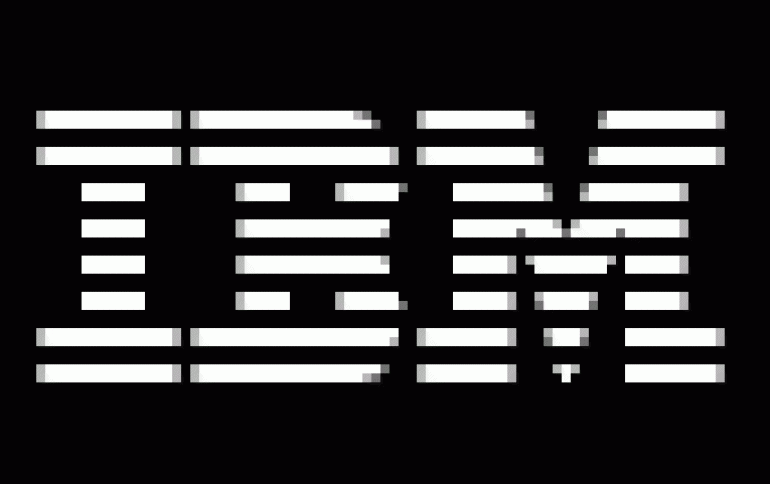
IBM and Telenor Develop Mobile Devices and Networks That Learn and Adapt
IBM and Telenor have developed new mobile communications technology for global business users that will allow mobile devices and networks to automatically learn about their users whereabouts and preferences as they commute, work and travel.
Code-named PASTA for "Presence Advanced Services for Telco Applications" and developed by the two companies as part of a joint research initiative, the technology provides infrastructure for deploying next-generation mobile presence services. "Presence" technology - used in applications such as instant messaging - makes it possible to locate and identify a computing or communications device wherever it might be, as soon as the user connects to the network. Privacy issues are addressed by allowing users to control when they are available.
The pilot test for the PASTA project will use an application that was designed to streamline the routing of wireless phone traffic on the Telenor network. "The PASTA technology can have a direct benefit to our mobile phone business," said Hans-Christian Haugli, SVP and head of Telenor R&D. "Now we want to explore other applications with our enterprise customers and applications developers, who we think will find incredible new uses for this technology."
"The PASTA infrastructure has the ability to 'learn' about users' preferences. As the network becomes 'smart' about its users' preferences, we believe we can reduce outgoing network load by up to 70 percent," said Vova Soroka, IBM's lead researcher on the project. "That is a huge benefit to a network operator, but PASTA can also be used to create new end-user applications - to enable new services in medicine, tourism, financial services, logistics and home care industries among others. Any business with a large mobile workforce will find potential uses."
Presence technology is an integral part of third generation (3G) wireless networks, and is being employed across a wide variety of devices, including mobile phones, notebook computers, PDAs and pagers. IBM and Telenor plan to extend the IP-based PASTA infrastructure to make it available to enterprise customers and third-party applications developers. The standards-based PASTA infrastructure works with a variety of wireless networks - GSM, GPS, RFID and Wi-fi, for example.
PASTA is built on the recently released IBM WebSphere Presence Server (WPrS), part of the company's next-generation services platform for telecommunications. It uses data gathered by WPrS and interprets it to provide real-time services for mobile users. WPrS uses a services-oriented architecture approach that provides reusable functionality to allow service providers and enterprise customers to leverage presence technology across a range of services and applications.
The pilot test for the PASTA project will use an application that was designed to streamline the routing of wireless phone traffic on the Telenor network. "The PASTA technology can have a direct benefit to our mobile phone business," said Hans-Christian Haugli, SVP and head of Telenor R&D. "Now we want to explore other applications with our enterprise customers and applications developers, who we think will find incredible new uses for this technology."
"The PASTA infrastructure has the ability to 'learn' about users' preferences. As the network becomes 'smart' about its users' preferences, we believe we can reduce outgoing network load by up to 70 percent," said Vova Soroka, IBM's lead researcher on the project. "That is a huge benefit to a network operator, but PASTA can also be used to create new end-user applications - to enable new services in medicine, tourism, financial services, logistics and home care industries among others. Any business with a large mobile workforce will find potential uses."
Presence technology is an integral part of third generation (3G) wireless networks, and is being employed across a wide variety of devices, including mobile phones, notebook computers, PDAs and pagers. IBM and Telenor plan to extend the IP-based PASTA infrastructure to make it available to enterprise customers and third-party applications developers. The standards-based PASTA infrastructure works with a variety of wireless networks - GSM, GPS, RFID and Wi-fi, for example.
PASTA is built on the recently released IBM WebSphere Presence Server (WPrS), part of the company's next-generation services platform for telecommunications. It uses data gathered by WPrS and interprets it to provide real-time services for mobile users. WPrS uses a services-oriented architecture approach that provides reusable functionality to allow service providers and enterprise customers to leverage presence technology across a range of services and applications.





















